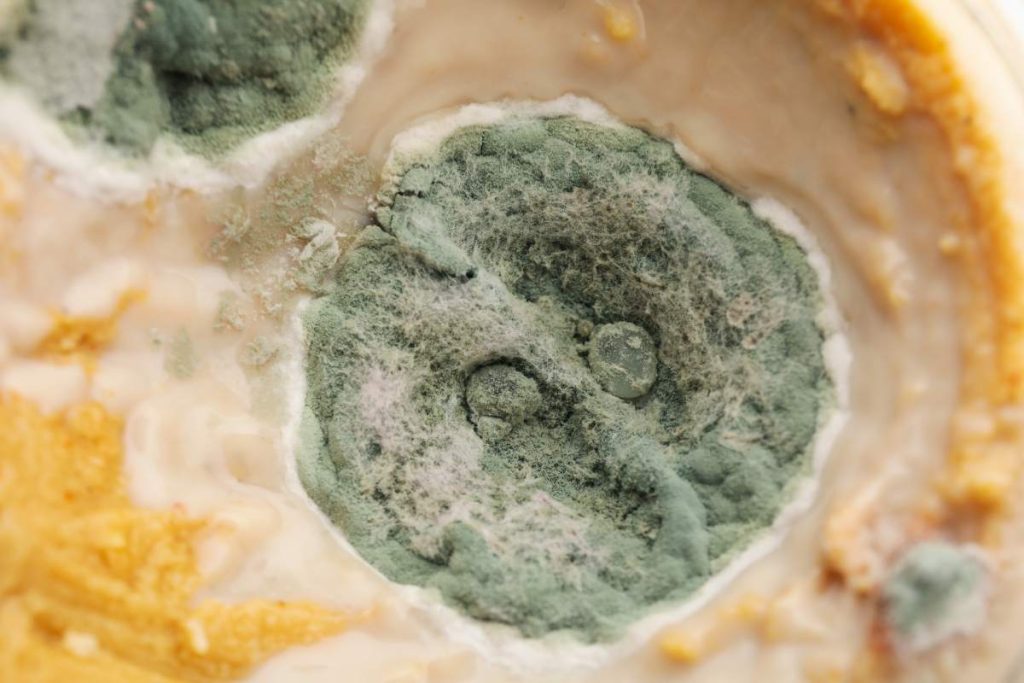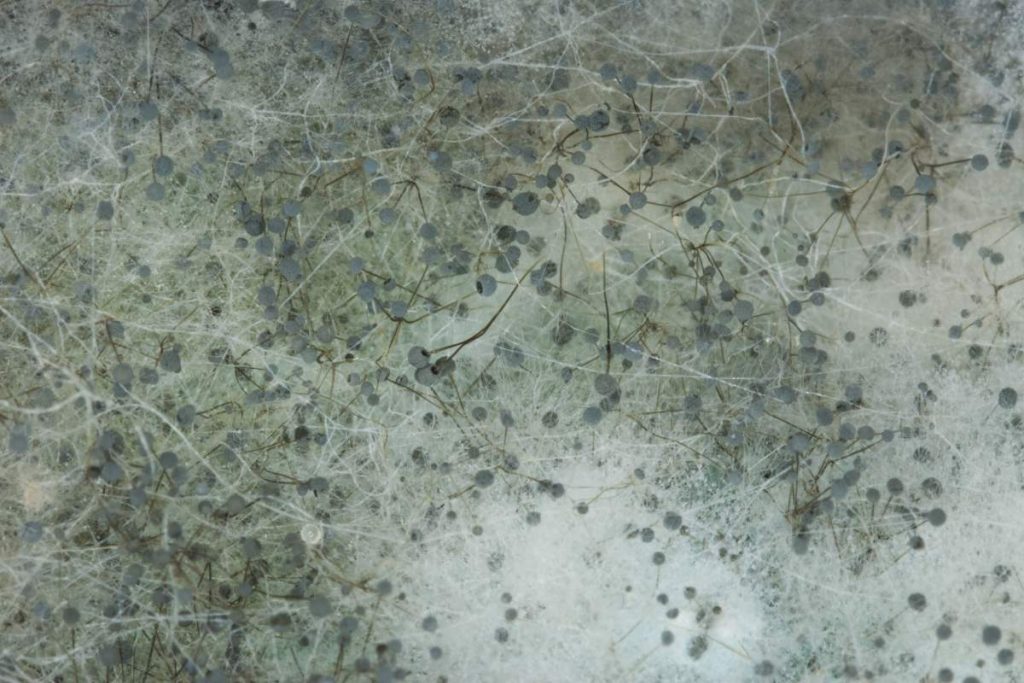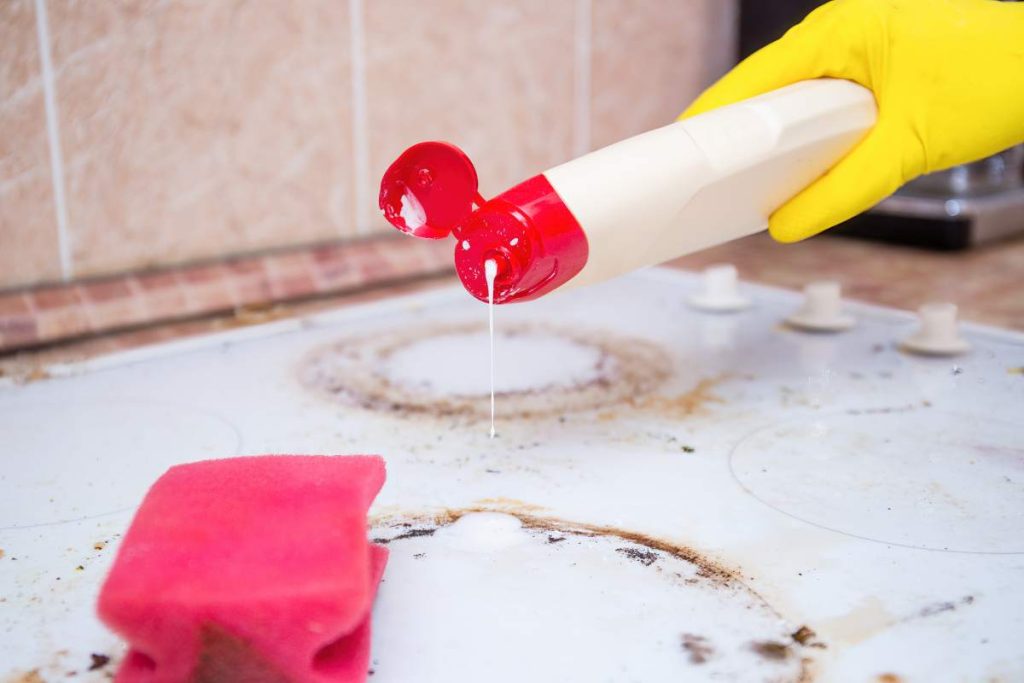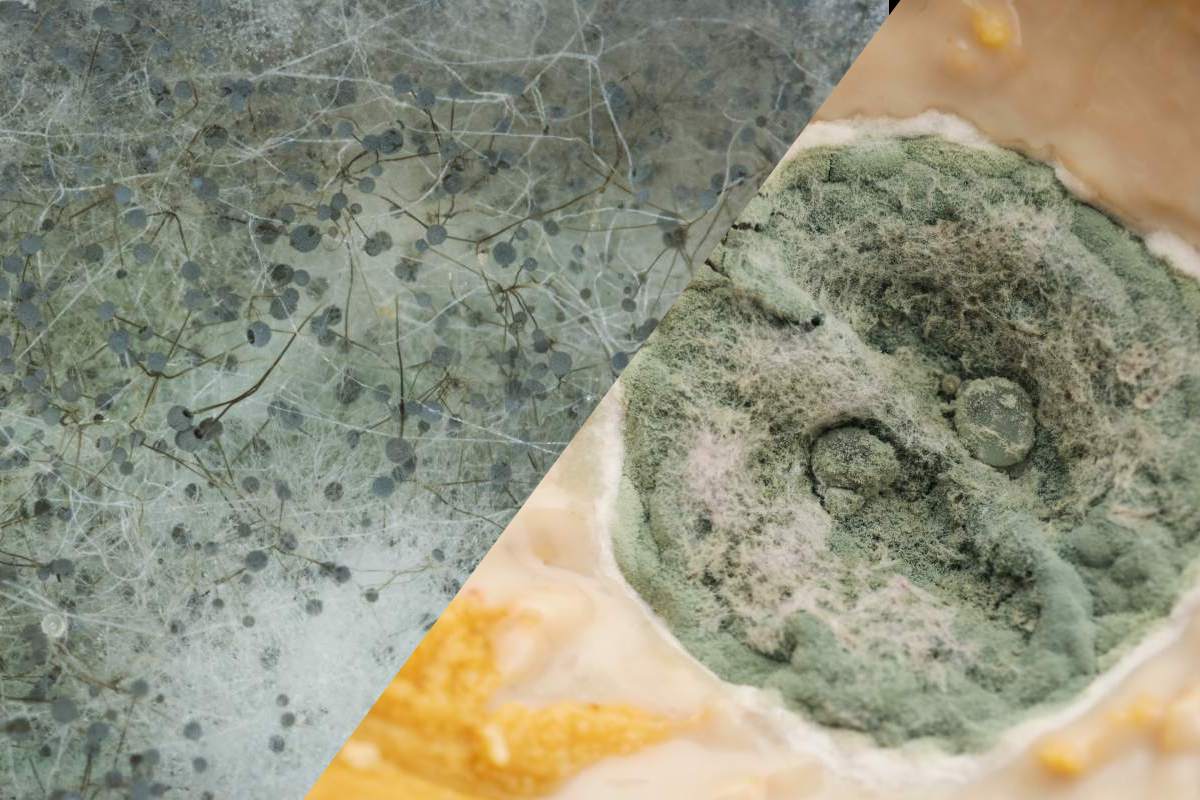Mould and mildew are typical issues in homes, especially in areas that are damp and lack proper ventilation. While they’re often mentioned together, they’re not the same and come with different health and home risks.
Mould, which can show up in various colours, tends to be the bigger threat to health, whereas mildew, usually a white or grey powdery patch, is less concerning. It’s vital to know how to keep these fungi at bay to ensure your home stays a healthy space.
This guide will provide you with effective ways to prevent and tackle mould and mildew, ensuring your home remains a clean and safe environment.
Mould vs. Mildew: Is There a Difference?
When dealing with unwanted growths in your home, you might come across the terms “mould” and “mildew.” Although they are often used interchangeably, mould and mildew are actually different types of fungi with distinct characteristics and implications for your health and home.

What is Mould?
Mould is a type of fungus that grows in multicellular structures called hyphae. It can appear in various colours, including black, green, or even orange. Mould thrives in damp, warm environments, and it can grow on almost any surface, from wood and drywall to food. It often looks fuzzy or slimy and can spread rapidly if not addressed.
Mould isn’t just a nuisance; it can be harmful to your health. Mould exposure can lead to respiratory issues, allergic reactions, and other health problems, particularly for individuals with asthma or weakened immune systems. It’s crucial to tackle mould growth promptly to prevent these health risks and avoid potential damage to your home.

What is Mildew?
Mildew is a type of fungus that usually grows on flat surfaces and often appears as a powdery or downy substance. It is typically white, grey, or yellow and tends to develop in places with high humidity, such as bathrooms or under sinks. Mildew growth is often seen on fabrics, paper, and even some walls.
While mildew also poses some health risks, they are generally less severe than those associated with mould. Mildew can cause minor respiratory issues and skin irritation. It is usually easier to clean up than mould, but it still requires prompt attention to prevent it from becoming a bigger problem.
Key Differences
- Appearance:
- Mould: Fuzzy or slimy, varying in colour.
- Mildew: Powdery or downy, typically white, grey, or yellow.
- Growth Patterns:
- Mould: Can grow on a wide range of surfaces, including porous materials.
- Mildew: Often found on flat, non-porous surfaces.
- Health Risks:
- Mould: Can cause more severe health issues, especially for those with allergies or respiratory conditions.
- Mildew: Generally less harmful but can still cause minor health problems.
- Cleaning:
- Mould: This may require specialized cleaning solutions or professional help, especially if the growth is extensive.
- Mildew: Often cleaned with household cleaners or a mixture of vinegar and water.

How Can You Prevent and Treat Mould and Mildew in Your Home?
Preventing and treating mould and mildew in your home involves a combination of proactive measures and prompt action. Here’s a comprehensive guide to help you manage these issues effectively:
Prevention
- Control Humidity Levels:
- Use Dehumidifiers: These devices can help keep indoor humidity levels between 30% and 50%, which is less conducive to mould and mildew growth.
- Ventilation: Ensure good airflow by using exhaust fans in bathrooms and kitchens. Open windows when the weather permits to allow fresh air to circulate.
- Fix Leaks and Water Damage:
- Repair Leaks: Address any plumbing leaks, roof leaks, or water damage as soon as possible. Regularly inspect areas prone to moisture, such as under sinks and around windows.
- Clean Up Spills Promptly: Any water spills should be cleaned up immediately to prevent moisture from seeping into floors or walls.
- Use Mould-Resistant Products:
- Mould-Resistant Paint: Consider using mould-resistant paint in high-moisture areas like bathrooms.
- Building Materials: Opt for mould-resistant drywall and insulation if you’re renovating or building.
- Maintain Cleanliness:
- Regular Cleaning: Clean surfaces regularly to prevent the buildup of dust and dirt, which can contribute to mould and mildew growth.
- Dry Cleaning: Ensure that fabrics and upholstery are dried thoroughly after cleaning.
- Proper Insulation:
- Insulate Pipes: Prevent condensation by insulating pipes, especially in unheated areas.
- Temperature Control: Keep indoor temperatures consistent to avoid condensation and damp conditions.
Treatment
- Mould and Mildew Removal:
- Mildew on Non-Porous Surfaces: Use a solution of one part vinegar to one part water or a commercial cleaner designed for mildew. Apply it to the affected area, scrub, and then rinse.
- Mould on Non-Porous Surfaces: Clean with a mixture of water and detergent. For more stubborn mould, use a bleach solution (1 cup of bleach to 1 gallon of water). Always wear gloves and a mask to avoid inhaling spores.
- For Porous Materials:
- Discard Contaminated Items: Mould can penetrate porous materials like wood or drywall, making them difficult to clean. Items such as carpet or ceiling tiles that are heavily infested may need to be discarded.
- Professional Help:
- Extensive Mould: For extensive mould growth (greater than 10 square feet), it’s best to consult a professional. Mould removal specialists have the expertise and equipment needed to address the issue safely and effectively.
- Address Underlying Issues:
- Identify and Fix Moisture Sources: Ensure that the root cause of the moisture issue is addressed. This might involve repairing leaks, improving ventilation, or using dehumidifiers.
- Dry the Area Thoroughly:
- After Cleaning: Ensure that the affected area is thoroughly dried to prevent mould and mildew from returning. Use fans and dehumidifiers to expedite the drying process.
In Summary
To keep mould and mildew in check, you should stay on top of things and act quickly when problems pop up. Keep indoor humidity under control, fix any leaks, and keep things clean to cut down on the chances of mould and mildew growing in your home. If you do find these fungi, deal with them right away to minimize their impact.
For serious mould problems, get professional help for a thorough and safe fix. Following these tips will help you protect your home from the harmful effects of mould and mildew, making for a healthier and more comfortable living space for you and your family.

